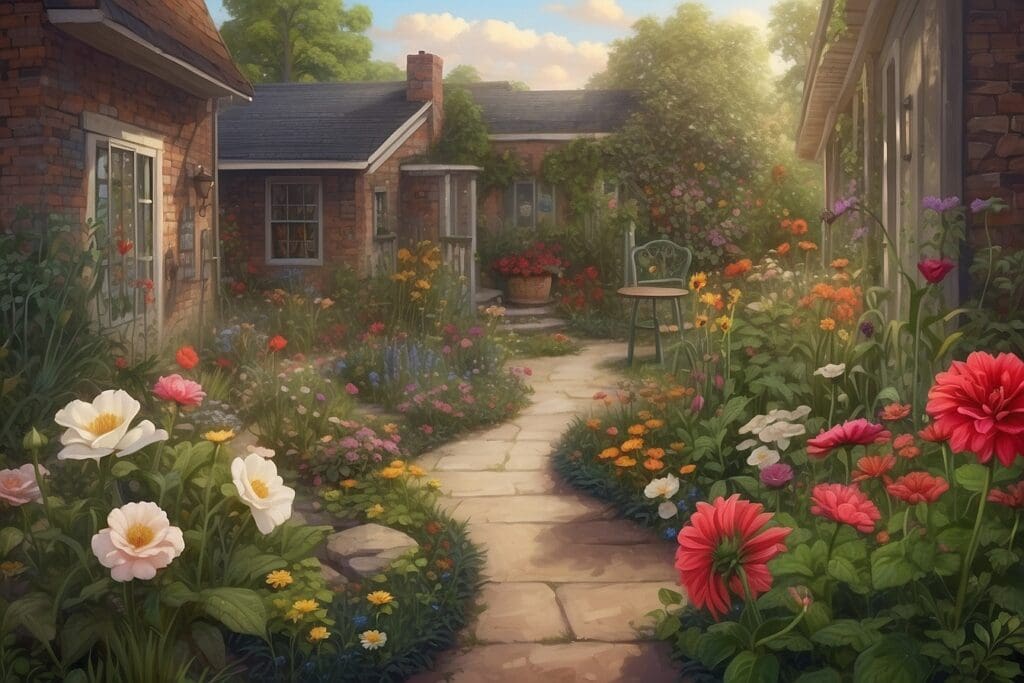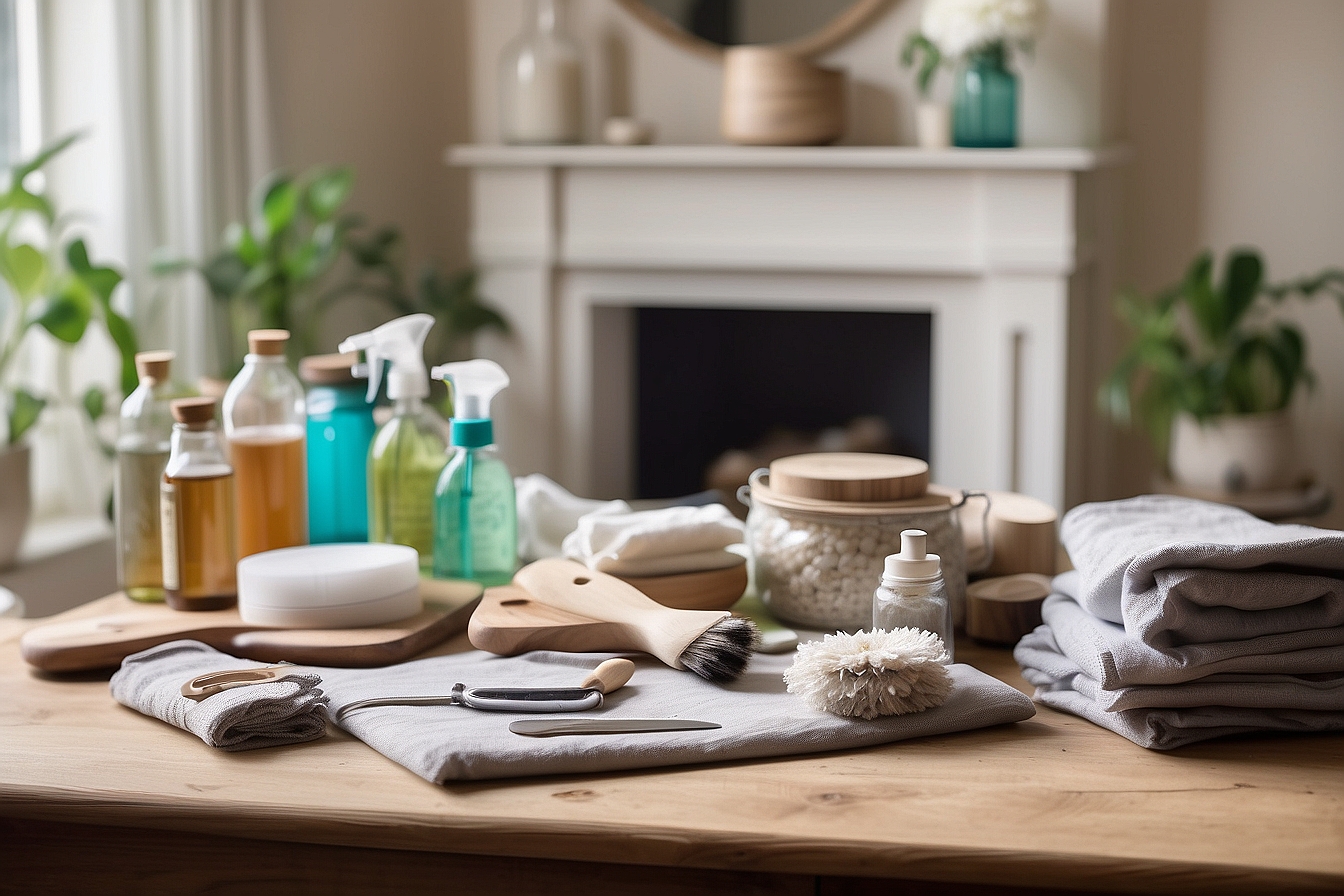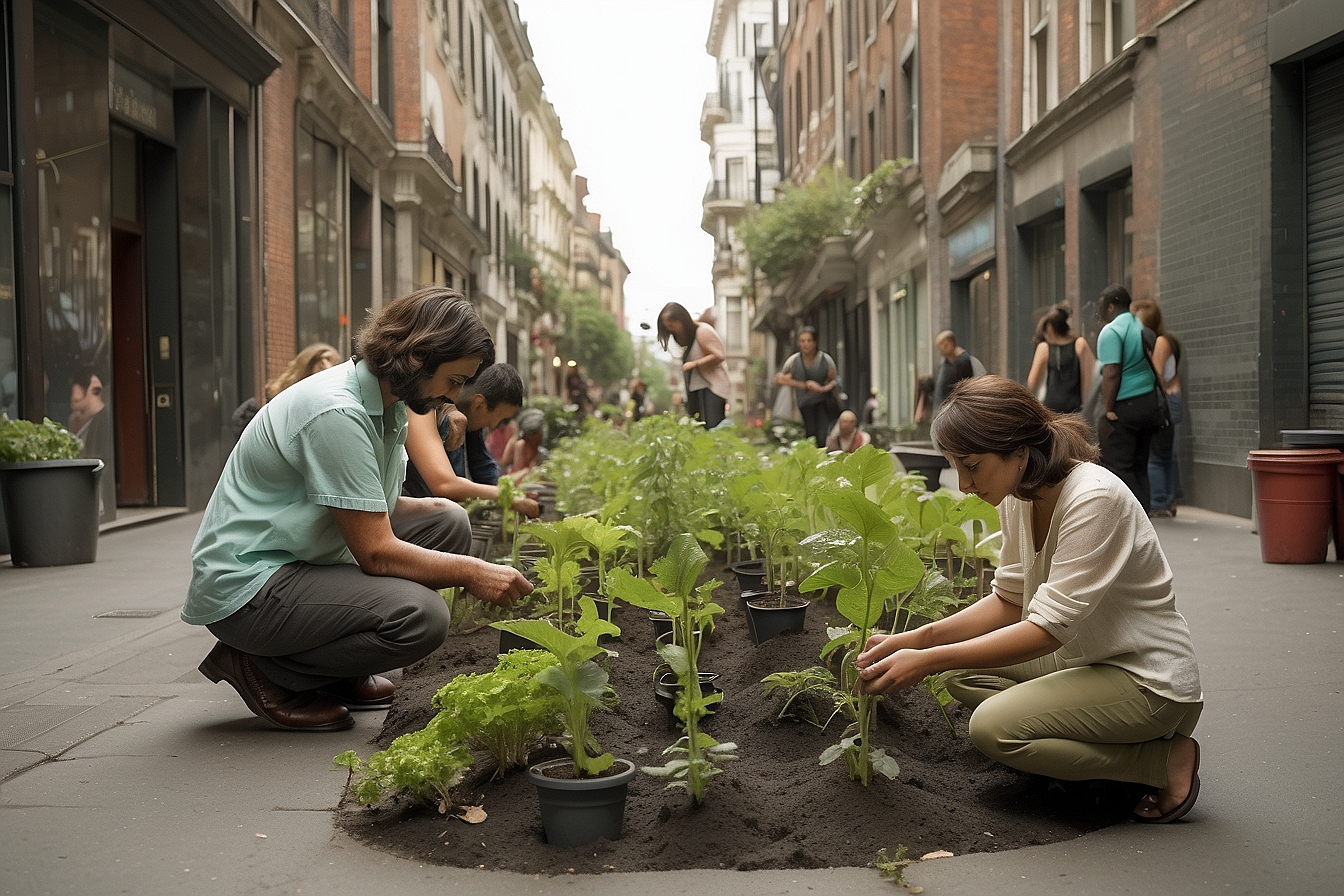Yesterday I snapped off my TV: more bad news about the economy. Ditching the dirge, I turned my attention to something positive—planting my spring garden.
Remember the Victory Gardens of World War II? The term nowadays is “Recession Garden,” as more people are gardening to supplement their food sources. Our circumstances are remarkably similar to the 1940’s: we’re at war, we’re self-rationing because of job loss and rising costs, and we’re trying to stay hopeful despite bad news about Wall Street, climate change, and corporate corruption. Could planting a garden make a difference? It did a generation ago.
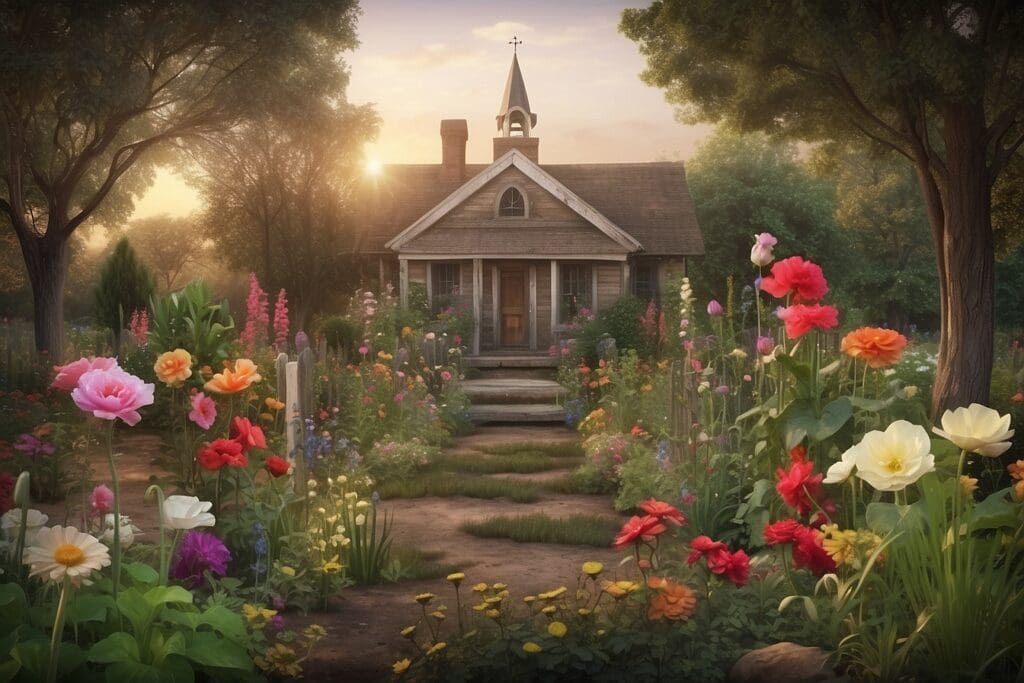
During WWII, the government rationed staples like eggs, milk, butter, sugar, meat and canned goods. Labor and transportation shortages made fresh fruits and vegetables hard to come by. Americans grew their own food to ensure plentiful supplies for themselves and the soldiers—gardening was practical and patriotic.
During those times, 20 million people planted gardens in backyards, alleys, empty lots, and rooftops. Urban dwellers as well as rural folk got involved. People formed food cooperatives and community gardens. They learned how to home-can their own food so that commercially canned goods could be sent to the troops. For example, 315,000 pressure cookers were sold in 1943 compared to 66,000 in 1942.
The U. S. Department of Agriculture reported that Americans harvested 9 to 10 million tons of food during the Victory Garden campaign, which ended in 1946. People also harvested faith, hope and a healthy dose of community support—just what we all need when circumstances seem beyond our control.
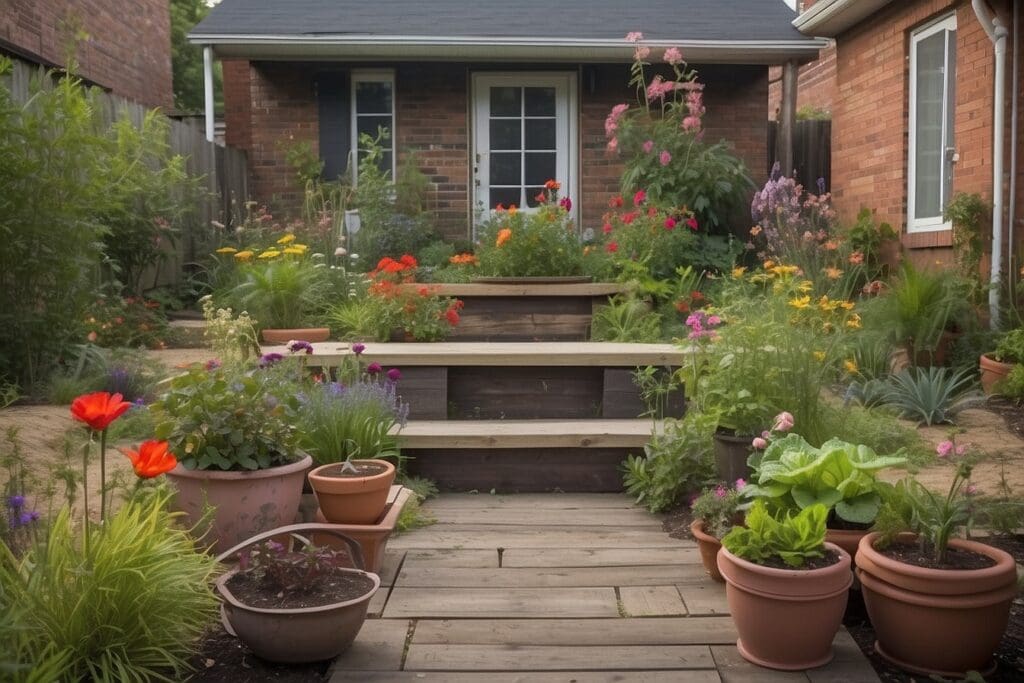
Gardening does make a difference. So I’m planting a Revival Garden this year—any name has to be better than Recession Garden. I have a small raised bed and some patio containers; I can’t feed the whole town, but I can take a chunk out of my grocery bills, I can share some zucchini and tomatoes with the neighbors, and I can thumb my nose at pessimistic news pundits.
I’ve spent the last few weeks planning my garden—that’s half the fun. This week the work starts; I’ll turn over the soil in my garden bed. I try to dig the garden early, then dig it again in a few weeks when the inevitable weeds spring up, so I can nip them before they get out of hand. I’ll add compost as I dig—to bless the soil with active organic material.
After digging and a final raking, I’ll plant my seeds for an early crop of spinach, lettuce, peas, kale, and onions. With planting come the other rituals: keeping the soil moist, keeping an eye out for rabbits and other pests, and weeding, weeding and weeding. As the weather warms, I’ll plant tomatoes, peppers, herbs, squash, and cucumbers. I’m always surprised when my garden grows—how could it be this simple? That’s the beauty of it—with good soil, good seeds and at least six hours of sunlight, anybody can grow food just about anywhere. Americans certainly discovered that in the ‘40s. They’re growing veggies at the White House this year, thanks to First Lady Michelle Obama.
This spring, plant your own garden. Give it a name. And give yourself a pat on the back for sowing hope as well as vegetables.

